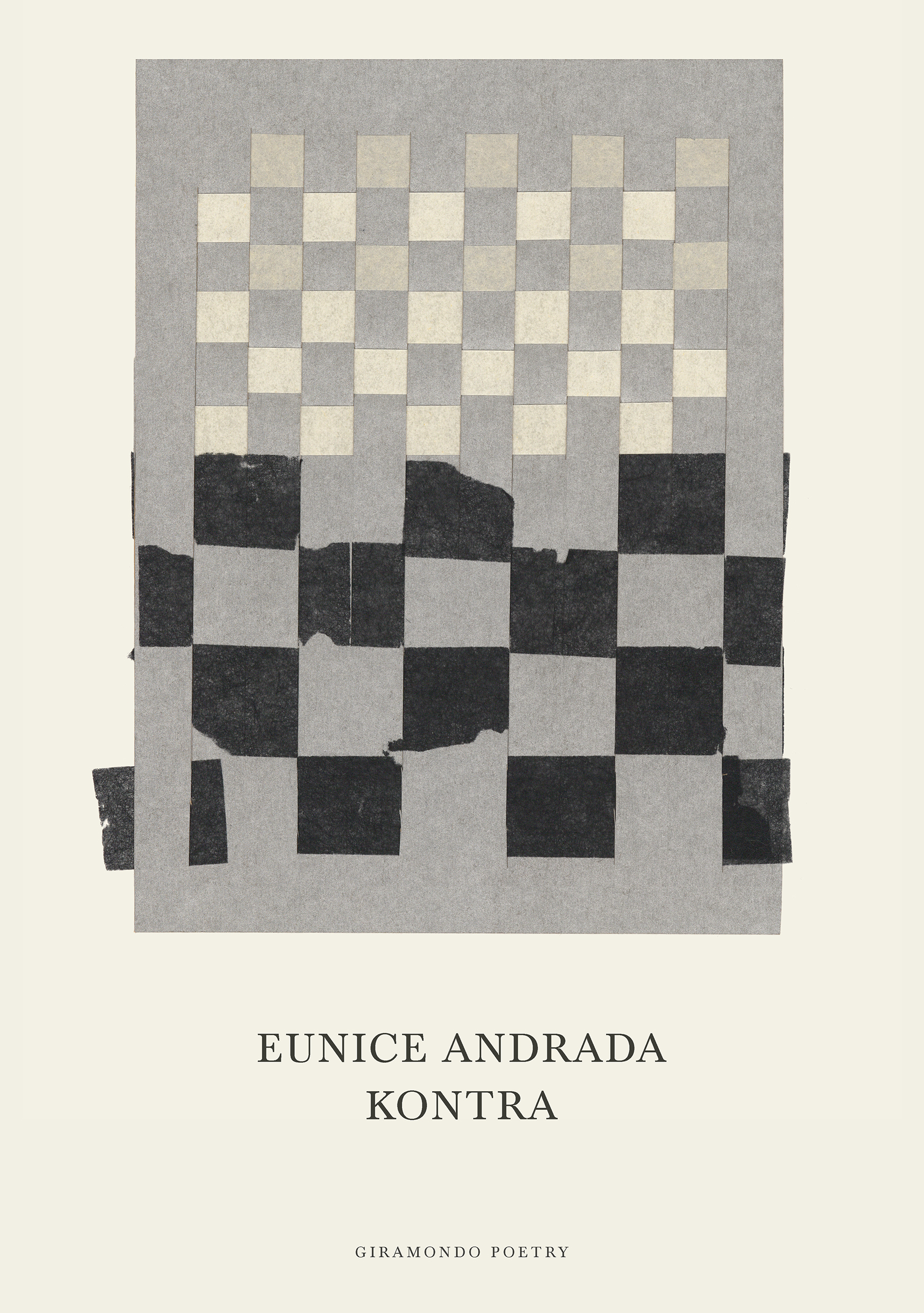Godland

In three films by Icelandic director Hlynur Pálmason, there is a moment of rupture in which the narrative is held up and we see instead a montage of various characters standing still and looking directly at the camera – an example of what has been called a planimetric shot. This particular type of shot, in which the camera is positioned directly perpendicular to its subject, appears to flatten characters against backgrounds on screen, in much the same way that a portrait photograph might. Although this arrangement may be familiar to us from the studied geometrical compositions of Wes Anderson, the planimetric shot in the hands of other filmmakers can serve to jolt us out of the world of the film, an abrupt reminder that we are watching something that has been recorded by a camera.
Continue reading for only $10 per month. Subscribe and gain full access to Australian Book Review. Already a subscriber? Sign in. If you need assistance, feel free to contact us.










Leave a comment
If you are an ABR subscriber, you will need to sign in to post a comment.
If you have forgotten your sign in details, or if you receive an error message when trying to submit your comment, please email your comment (and the name of the article to which it relates) to ABR Comments. We will review your comment and, subject to approval, we will post it under your name.
Please note that all comments must be approved by ABR and comply with our Terms & Conditions.